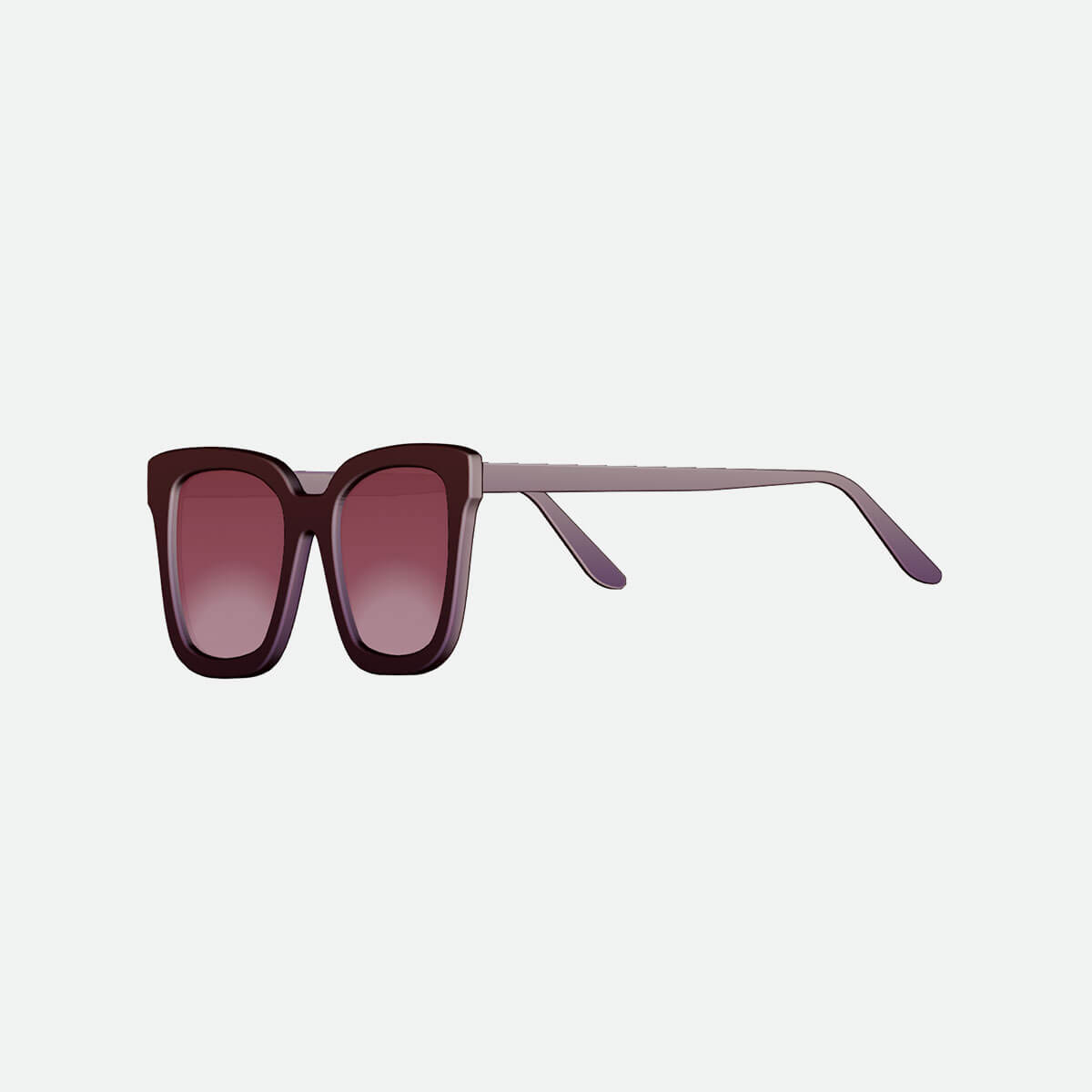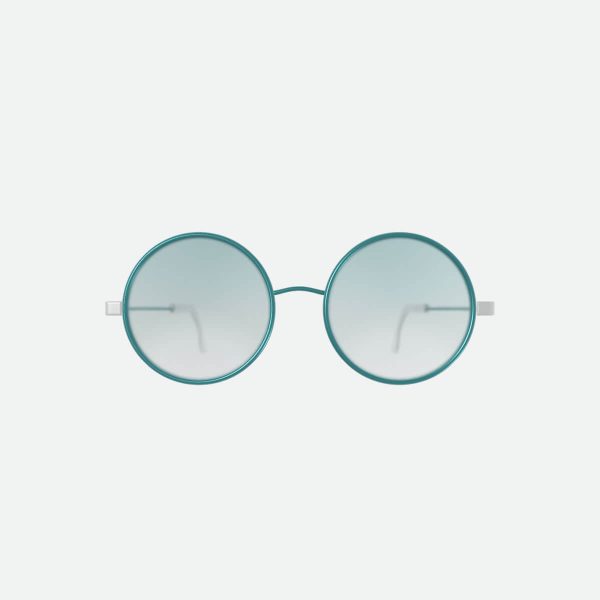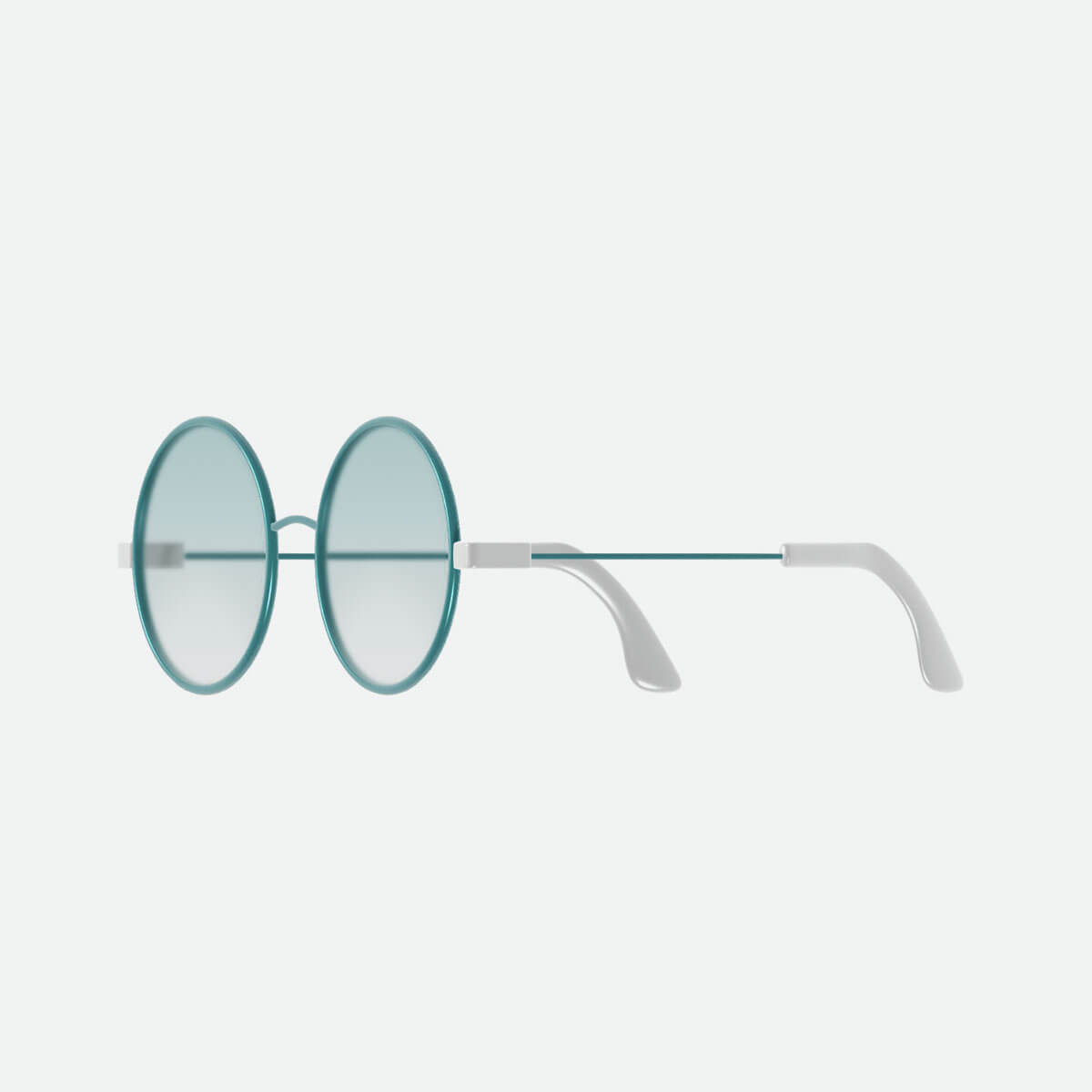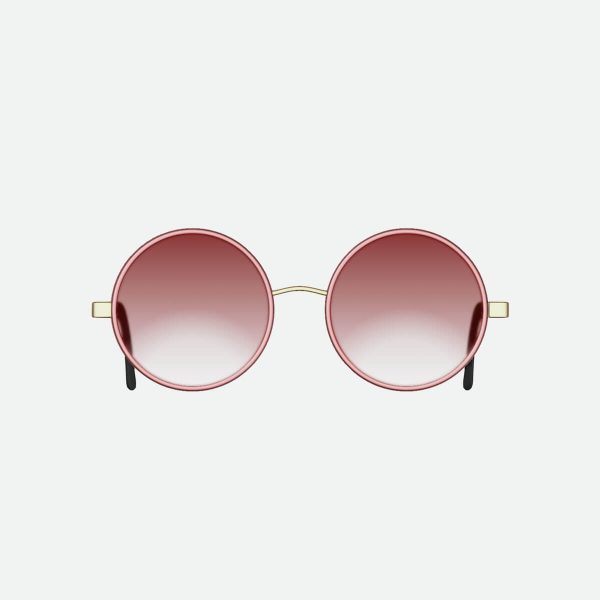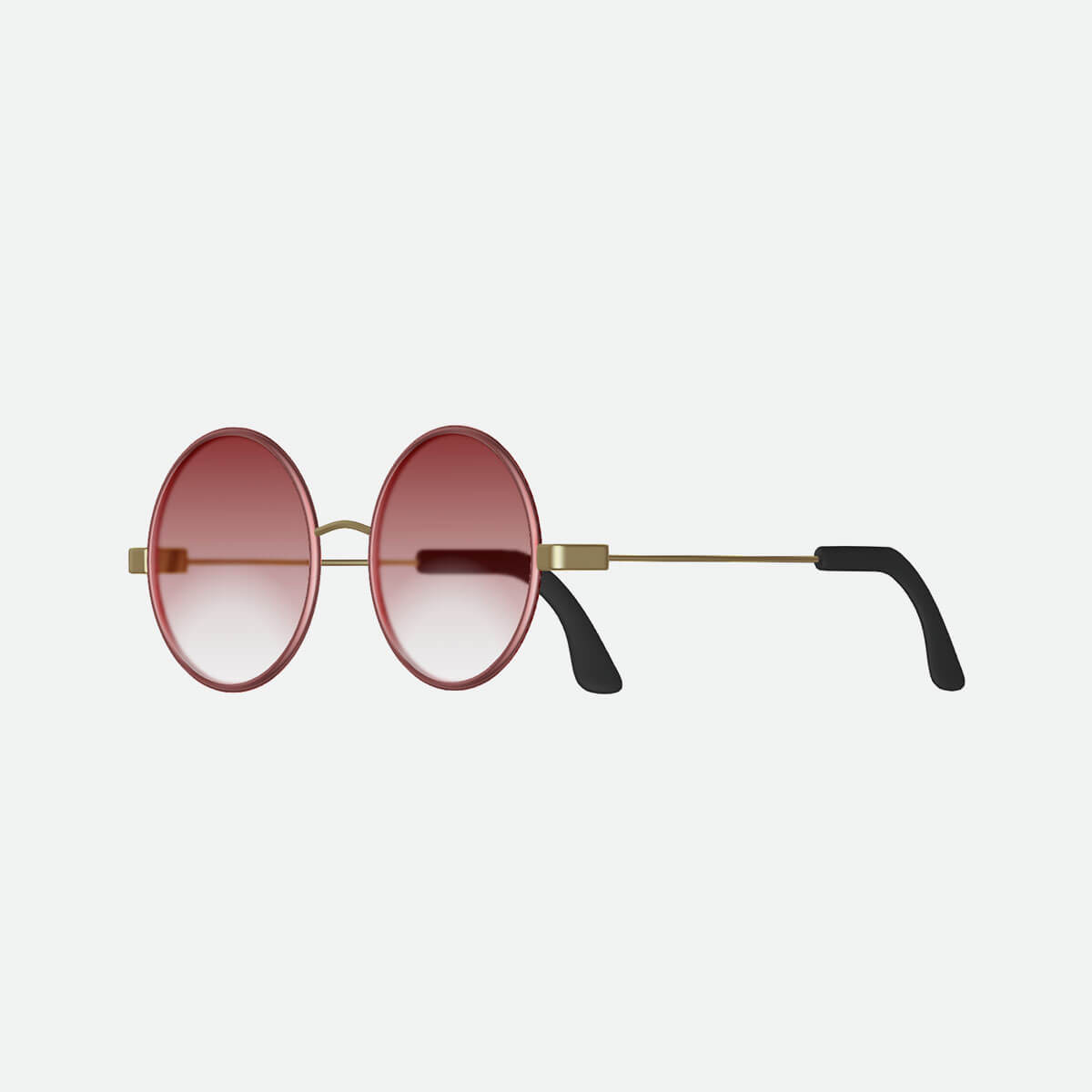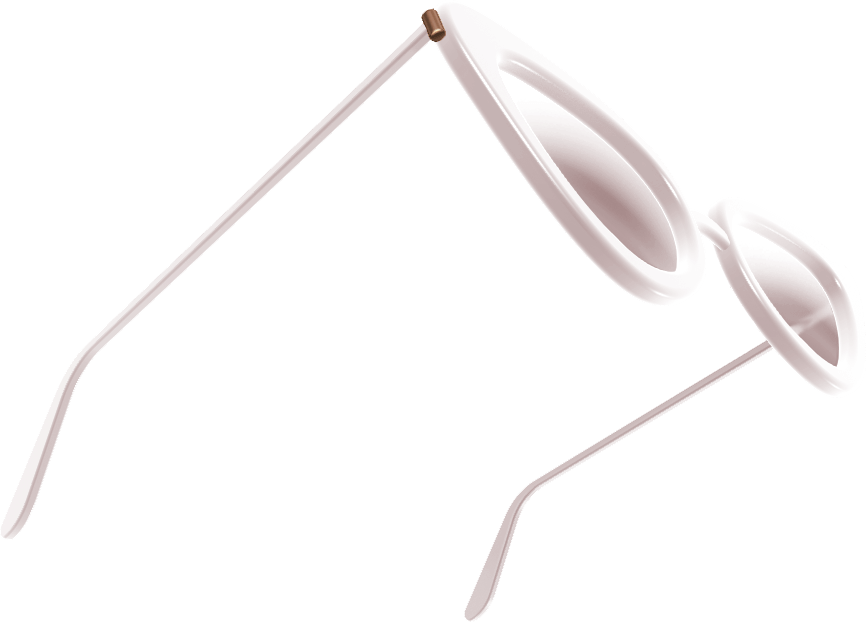
Original Sunglasses
Original Sunglasses
Fusce scelerisque tellus eget nisl vulputate, et eleifend sapien tempor nulla tristique.
Text Here
A few words about us
Lorem ipsum dolor sit amet, consectetur adipiscing elit. Ut elit tellus, luctus nec ullamcorper mattis, pulvinar dapibus leo.
Add Your Heading
Be different in your own way!
Lorem ipsum dolor sit amet, consectetur adipiscing elit. Ut elit tellus, luctus nec ullamcorper mattis, pulvinar dapibus leo.
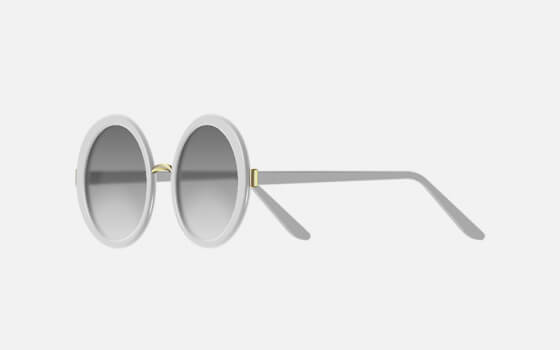
Product Name 9
Lorem ipsum dolor sit amet, consectetur adipiscing elit. Ut elit tellus, luctus nec ullamcorper mattis, pulvinar dapibus leo.
$135.00Add to cart
Clients’ reviews
Testimonials
Heading Text Here
How to take care of your eyewear
Curabitur neque ex, facilisis id venenatis in, tincidunt at augue. Etiam lobortis commodo tristique. Aliquam convallis pulvinar facilisis.
Popular Products
Trending now
-
Rated 0 out of 5
Product Name 1
$175.00Original price was: $175.00.$150.00Current price is: $150.00.

Big discounts
Integer euismod blandit nunc sit amet sollicitudin. Fusce quis orci viverra, cursus justo lipsum dolor.

Free Shipping
Integer euismod blandit nunc sit amet sollicitudin. Fusce quis orci viverra, cursus justo lipsum dolor.

Secure payments
Integer euismod blandit nunc sit amet sollicitudin. Fusce quis orci viverra, cursus justo lipsum dolor.


